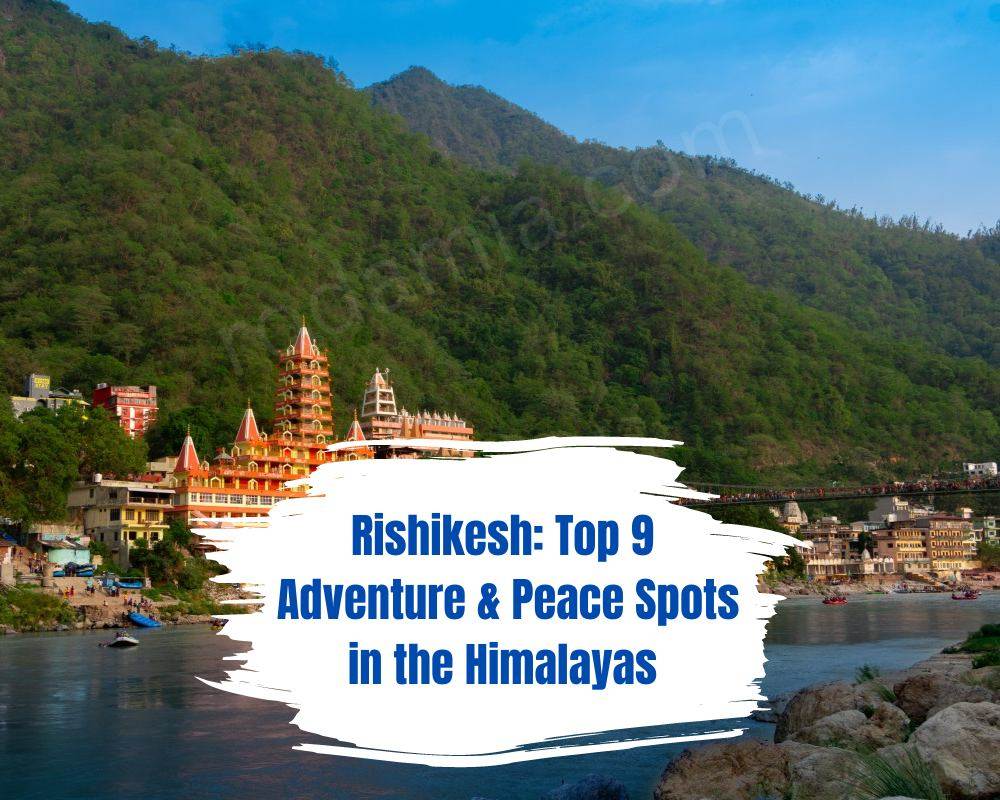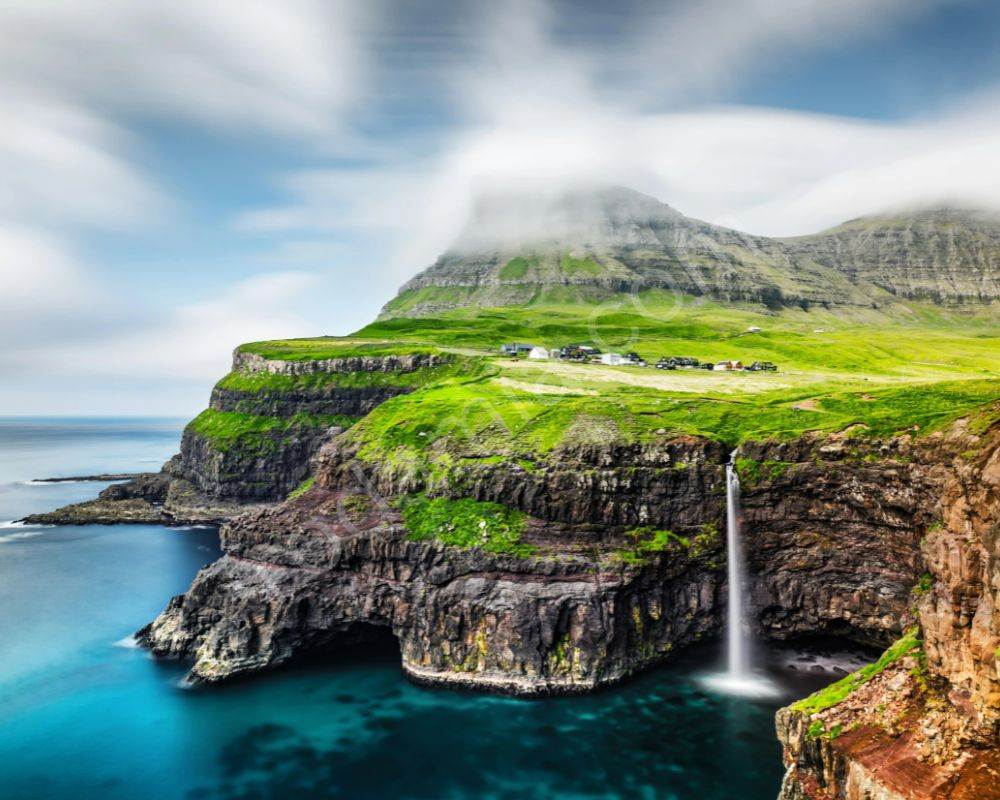Forests, the emerald-breathing organs of the earth, are composed of various ecosystems. On the contrary, others appear dense enough to fill out a whole new world under their wide crowns. Here’s an expedition into five of the densest forests on Earth, where life bursts forth in vibrant abundance and secrets wait to be unveiled.
1. The Amazon Basin
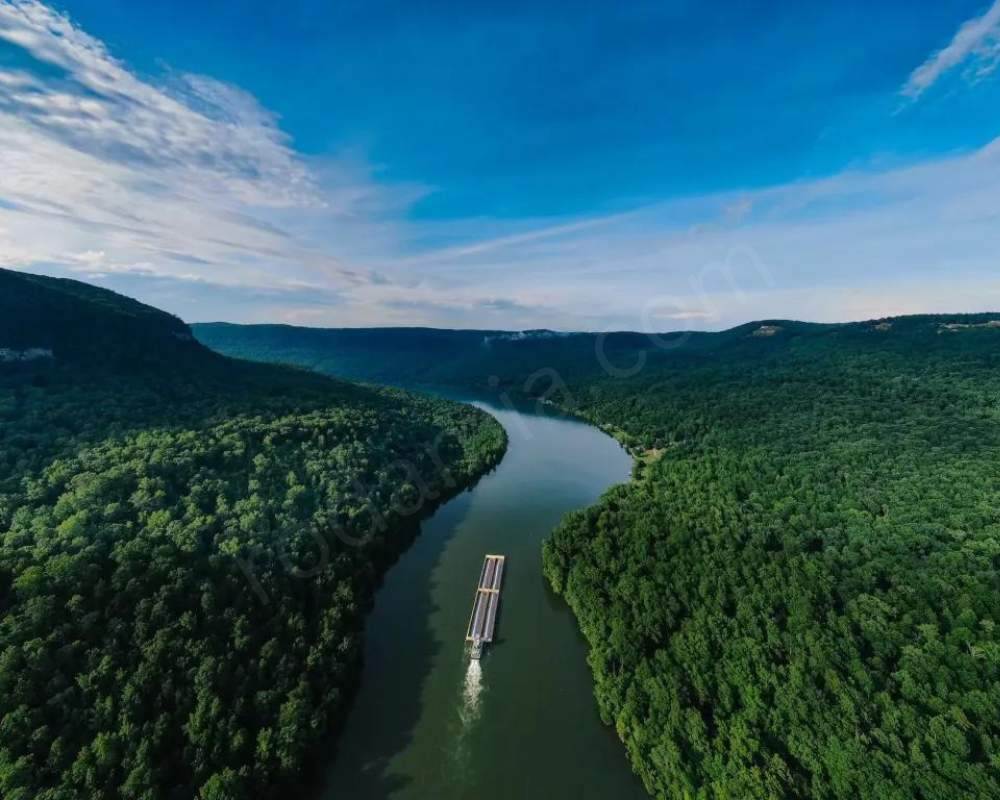
The Amazon Rainforest Region in South America takes the crown as both the largest and most dense rainforest in the world. Imagine a space that exceeds the size of 5.5 million square kilometers, a vast, continuous carpet of emerald green. However, this biome is a reserve rich in life where more than 10% of all the known species on the planet are living. Impressively huge kapok trees dominate the sky, their enormous buttresses grounding them tightly against the ceaseless rainforest winds. The thick vegetation makes a mysterious environment with an ecosystem bursting with life, from the colorful poison dart frogs to the jaguars hiding in the shadows. The Amazon, as a true regulator of the Earth’s climate, captures gigantic amounts of carbon dioxide and produces a big part of the oxygen in the world.
2. Congo Basin

The Congo Basin is the emerald giant of Africa and the second-largest rainforest in the world. A diverse state of an uncountable number of plants and animals on earth, it becomes a jungle of tall trees where some of them are more than 70 meters high. The air is saturated with humidity, and the lush greenery makes for a unique local ecosystem. At this place, where gorillas are found on the forest floor and chimpanzees climb the canopy, nature is in a dramatic numerical dance of life. The Congo Basin with its biodiversity plays an important role in regulating regional rainfall patterns and acts as a carbon sink for our planet. Yet, the species risks going extinct due to deforestation and habitat destruction, calling for conservationists.
3. Southeast Asian Rainforests
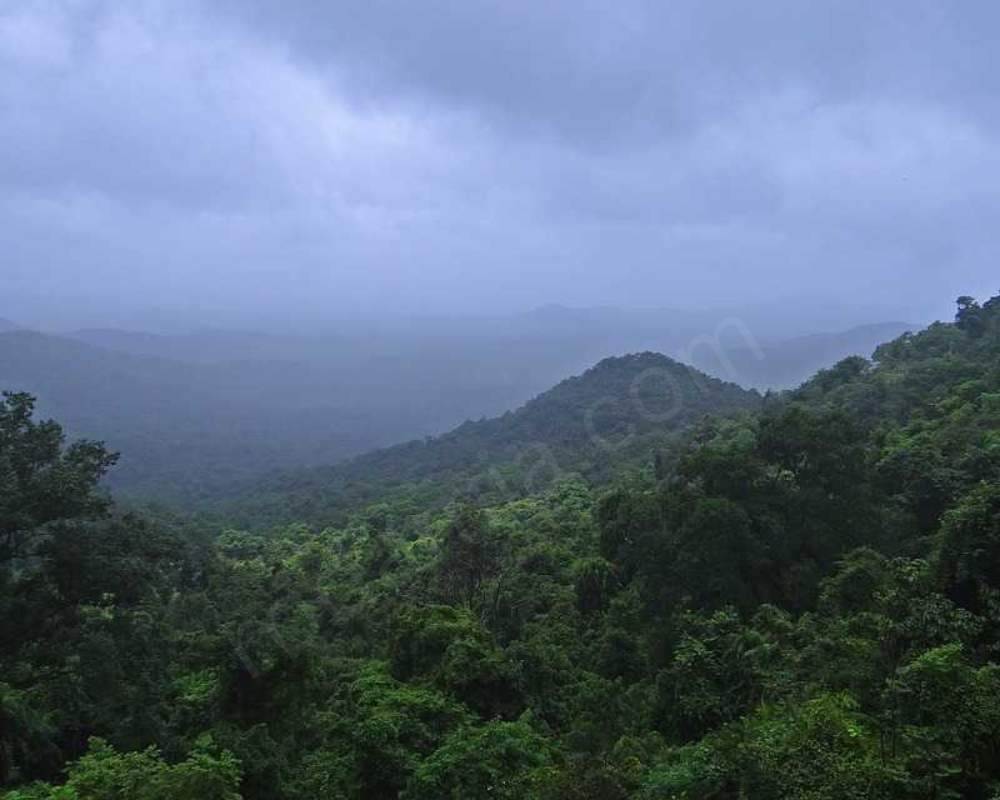
Enveloped in an age-long mystic, the Southeast Asian rainforests are the oldest on the planet, having roots that date back millions of years. Covered by this dense plantation, the sanctuary is home to thousands of life species, including endangered orangutan and the symbolic Sumatran tiger. High above the understory, are big and majestic trees like the dipterocarp towers, with their branches loaded with epiphytes and lianas. These rainforests do not only serve as sanctuaries for animals; they are also abodes to indigenous communities whose lives are intricately intertwined with the fabric of the forest. Traditional knowledge and sustainable practices can help protect and preserve these ecological wonders for generations to come. On the other hand, non-replaceable rainforests are threatened by illegal logging, mining, or agricultural expansion and this makes conservation a constant fight.
4. The Tasmanian Temperate Rainforests
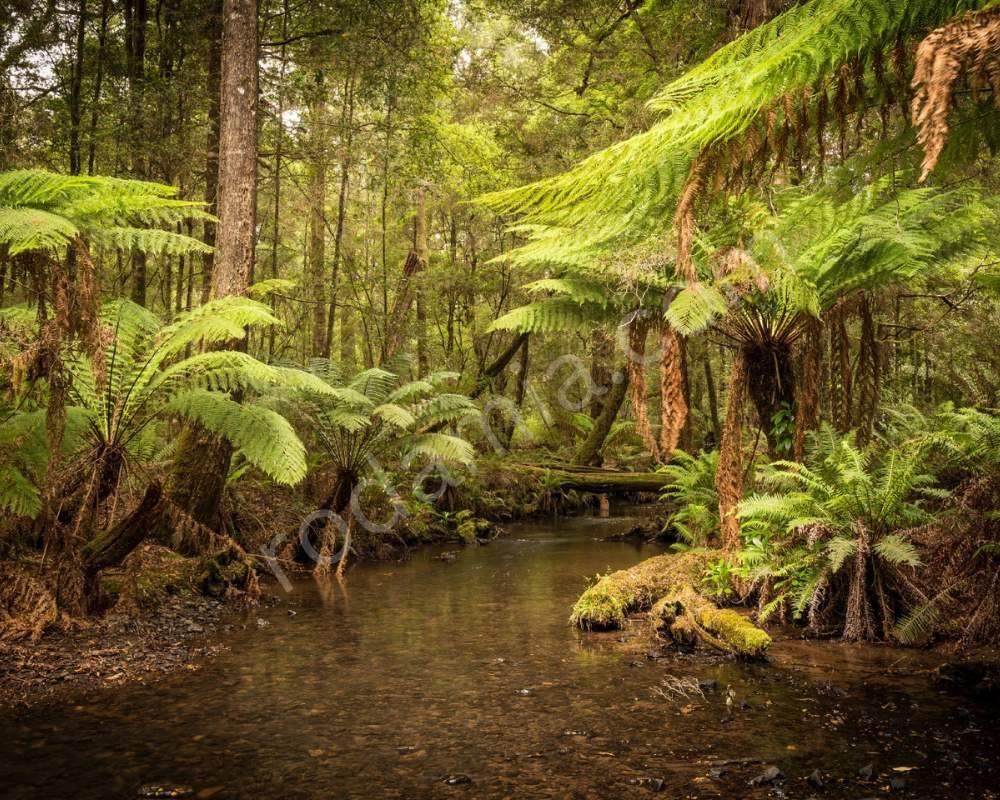
Rainforests aren’t limited to the tropics. The botanical diversity of the temperate rainforests, which are particularly abundant on the island state of Tasmania, adds a fresh dimension to the “green theme”. Through large eucalypts, some reaching heights over 100 meters and dressed in the greenness of mosses and ferns, these cool rainforests create a world unlike any other. The moist air carries the sweet aroma of eucalyptus and the calls of the different native birds such as Kookaburra and the screech of the Tasmanian devil, which demonstrates the extinct ancient Gondwanan supercontinent. They contribute greatly in stabilizing the climate and water resources of the country which in turn plays the role of giant sponges that absorb the moisture and then slowly release it over the course of time. Nevertheless, climate change and foreign species are major threats to these distinctive biotopes.
5. The Taiga
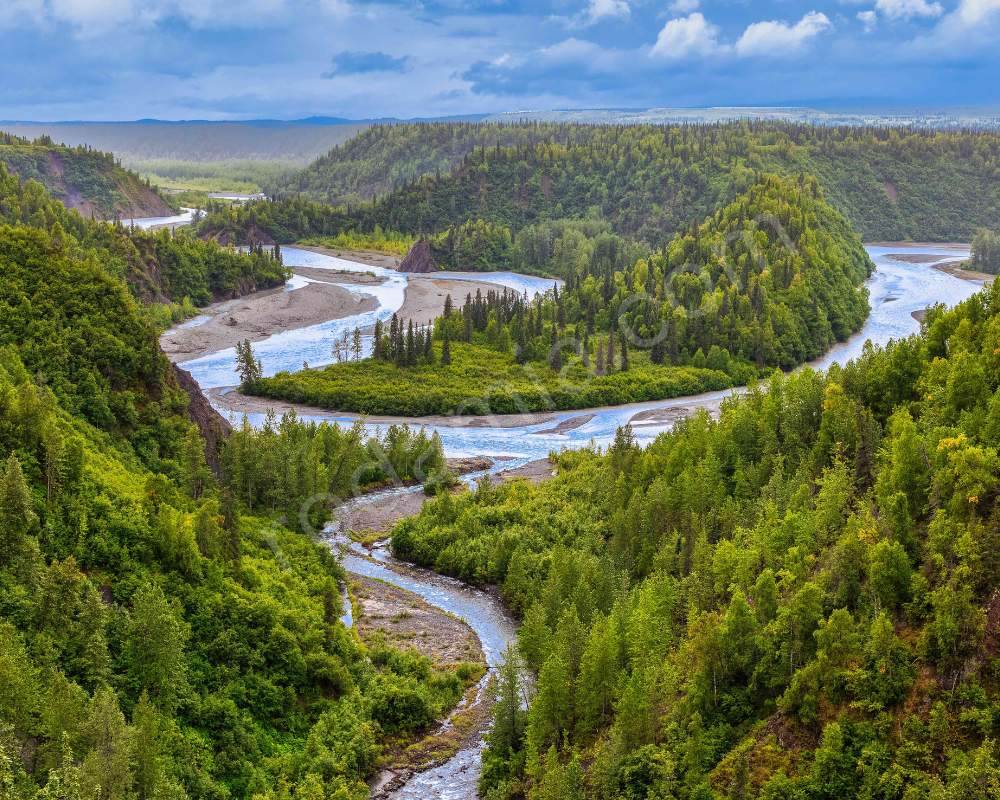
A blanket of resilience draped across Europe, Asia, and North America, the taiga is a subarctic biome with a unique kind of abundance. In this forest, coniferous trees, pine and spruce, grow together, their needle-laden branches creating a dense and resilient ecosystem, which is perfectly suitable for this harshest of northern climates. The harsh winters, with their heavy snowfalls, hide the forest floor in continuous white. But deep inside the crust of our planet, life is thriving. Little creatures, such as the rodents, make their burrows under the snow, and larger and more majestic animals, such as the lynx and the wolverine, search for their prey among the thick forests. Taiga functions as the largest carbon warehouse in the world storing trillions of tons of carbon dioxide in its sponge-like soil. In addition, taiga stands to control the global temperatures by reflecting sunlight back into space during long summer days. Yet, accelerating temperature, attributed to climate change, is melting permafrost, therefore, destroying the balance of this fragile ecosystem.
These five forests are the fragments of the world’s forest kingdom. Every one of them is an ecosystem in which millions of species live and serves to maintain the Earth’s vital resources and to regulate its climate. From the steamy jungles of the Amazon to the sub-arctic hugs of the taiga, these dense forests provide a look at their interior.


